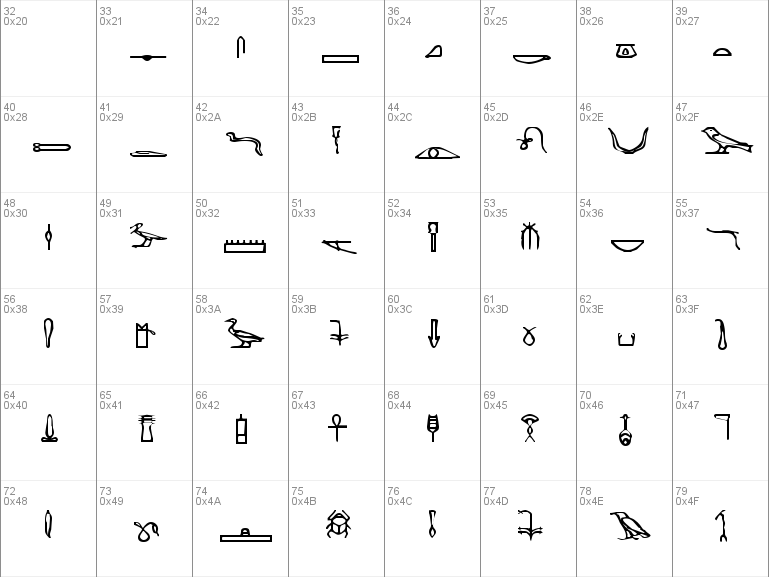

It’s a point of view, although it’s not one I agree with and perhaps Justin would not have pushed the idea very far. At all events, it is unlikely that Johnston ever took any notice of the Caslon Egyptian. I think the resemblances between the two sanserif types, striking though some of them are, were coincidental. It would be safer to say that in both cases the model – at quite some distance – was inscriptional lettering.

Johnston’s type, although he claimed in 1937 that it was ‘based on classical Roman capital proportions’, has two letters, G and M, that resemble 15th-century Italian designs and have nothing to do with Rome, nor with the first Caslon type.Īnyone trying to make a font based on the Caslon Egyptian has problems. The original type appears as a single line in a specimen that was issued by one of the two Caslon typefoundries in London in about 1816. The page above is from the specimen of Blake & Stephenson of about 1838.

Several sorts in the newly cast type had changed for the worse. The new C was now a clumsy design, D was narrower than the original, and O had also been remade. You can see more detail of the original C in the image (which happens to be my own) that is used in the first post at the head of this thread. Had the first matrices been lost or damaged? We do not know, but it seems clear that whoever supplied the new ones was not a skilled operative. The surviving matrices are among the materials of Stephenson, Blake, now with the Type Museum, London. A fount was cast from them for Ian Mortimer, wood engraver and hand press printer in London, who printed a booklet on the type, Caslon’s Egyptian, the first sanserif type, in 1988. So recreating the ‘original’ Egyptian type is not simple. It is not difficult to make a more authentic C, D and O from the showing of 1816, although copies of this are pretty heavily inked. But the punctuation in the surviving matrices is square, like that of some early slab-serif types. Is it original? There is no sure way of telling, since there is no punctuation in the original showing, which is one reason, among several, for thinking that the type was perhaps experimental and incomplete.


 0 kommentar(er)
0 kommentar(er)
